Market Analysis
In-depth Analysis of North America Transmission Infrastructure Market Industry Landscape
The North American transmission infrastructure market is characterized by a dynamic interplay of various factors that influence its growth, development, and operational efficiency. At its core, this market revolves around the transmission of electricity from power generation facilities to end-users across the continent. One of the primary drivers shaping market dynamics is the increasing demand for reliable and efficient electricity transmission systems to support the growing energy needs of industries, businesses, and households.
Technological advancements play a significant role in shaping the landscape of the North American transmission infrastructure market. Innovations such as smart grid technologies, advanced sensors, and digital monitoring systems are revolutionizing the way electricity is transmitted, managed, and distributed. These technologies enable utilities to improve grid reliability, optimize energy flow, and respond more effectively to changing demand patterns and environmental conditions. Additionally, the integration of renewable energy sources, such as wind and solar, into the transmission grid is driving the need for modernized infrastructure capable of accommodating fluctuating power generation.
Policy and regulatory frameworks also exert a substantial influence on the North American transmission infrastructure market. Government initiatives aimed at promoting renewable energy deployment, enhancing grid resilience, and modernizing aging infrastructure are driving investments in transmission projects across the region. Regulatory mandates for grid reliability, cybersecurity, and environmental compliance further shape market dynamics by imposing requirements on utilities and transmission operators. Additionally, initiatives to promote regional cooperation and cross-border transmission projects contribute to the evolution of the market landscape.
Economic factors, including investment trends, financing mechanisms, and cost considerations, are pivotal in determining the pace and scale of transmission infrastructure development in North America. Public and private sector investments in transmission projects are influenced by factors such as interest rates, market volatility, and return on investment expectations. Moreover, the emergence of innovative financing mechanisms, such as public-private partnerships and infrastructure funds, is playing a crucial role in mobilizing capital for transmission infrastructure projects. Cost considerations, including construction expenses, maintenance costs, and grid integration expenses, also influence investment decisions and project prioritization.
Environmental and sustainability concerns are increasingly shaping market dynamics in the North American transmission infrastructure sector. With growing awareness of climate change and the need to reduce greenhouse gas emissions, there is a growing emphasis on promoting clean energy sources and reducing reliance on fossil fuels. This trend is driving investments in transmission projects that facilitate the integration of renewable energy into the grid, support energy efficiency initiatives, and enable the electrification of transportation. Additionally, initiatives to minimize environmental impact, such as habitat conservation and land use planning, are becoming integral components of transmission infrastructure development.
Market competition and industry structure are key factors influencing the dynamics of the North American transmission infrastructure market. The market is characterized by a mix of public and private sector participants, including investor-owned utilities, municipal utilities, independent power producers, and transmission developers. Competition among these entities for project contracts, funding opportunities, and market share drives innovation, efficiency, and cost-effectiveness in the delivery of transmission services. Moreover, strategic partnerships, mergers, and acquisitions are common strategies employed by industry players to expand their geographical footprint, diversify their service offerings, and gain a competitive edge in the market.
The North American transmission infrastructure market is shaped by a complex interplay of technological, regulatory, economic, environmental, and competitive factors. As the demand for reliable, efficient, and sustainable electricity transmission systems continues to grow, stakeholders across the region must navigate these dynamic market dynamics to effectively plan, develop, and operate the transmission infrastructure of the future. By embracing innovation, collaboration, and strategic planning, the North American transmission infrastructure market can successfully address the evolving needs and challenges of the energy transition era.

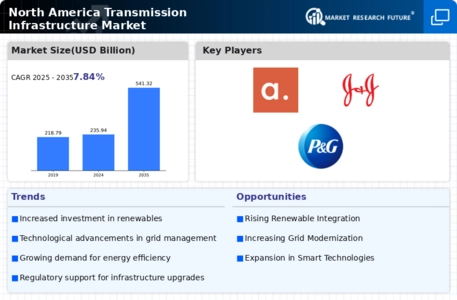
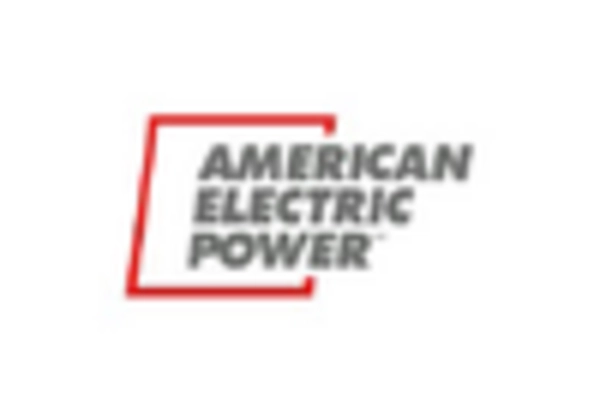

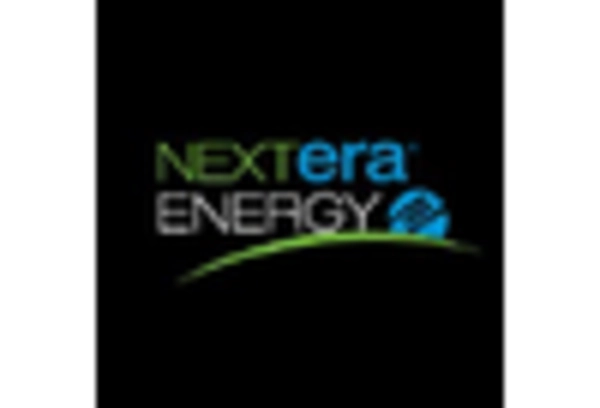
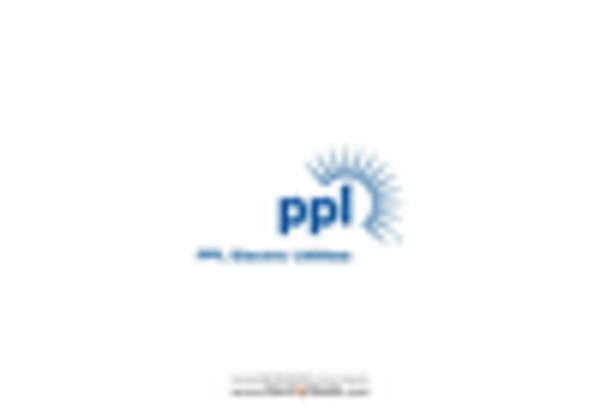
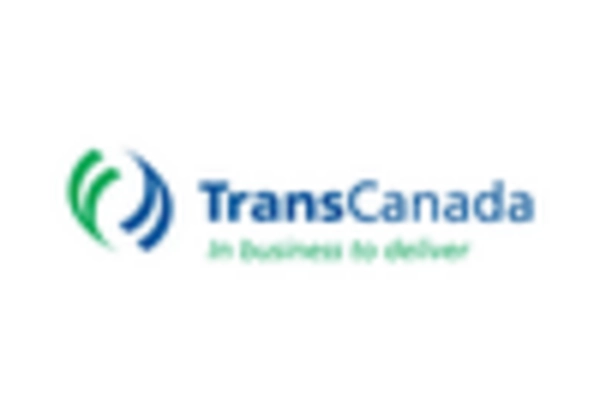










Leave a Comment